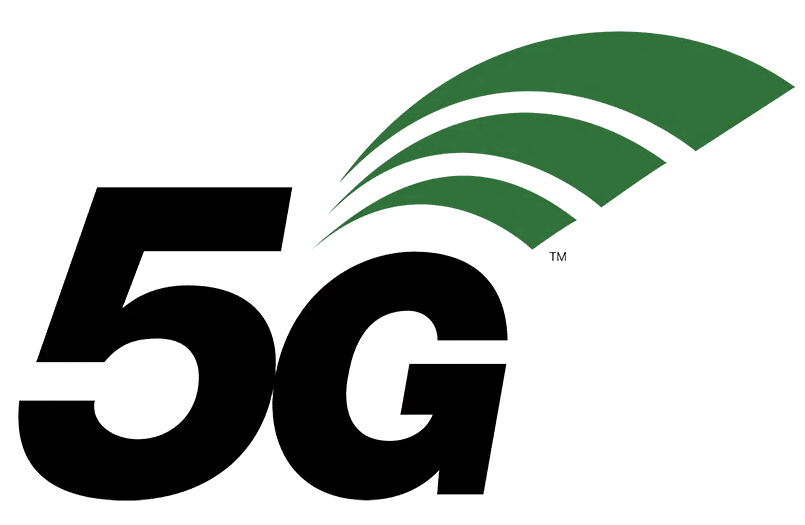Security: What Are the Latest Issues and Threats?
By Enrico Milanese
January 11, 2023
By Enrico Milanese
January 11, 2023
Unlike typical cyberattacks, an Internet of Things (IoT) security breach can affect virtual and physical systems. Imagine a hacker manipulating factory equipment, health care devices or a household’s smart locks — the damage could be enormous.
As the number of IoT devices and cybercrime costs escalate, so does the necessity of robust IoT security.
Emerging IoT security challenges jeopardize the sensitive data of brands and their customers. Therefore, companies must understand the new threat landscape.
The advent of cloud and edge computing has contributed to the rise of beneficial changes, like working from home. Nevertheless, most organizations don’t have the technology or practices to maintain IoT network security during and after this transition.
Edge computing could introduce several security vulnerabilities that create a larger attack surface for attackers to exploit. Data processing at the edge could accelerate data analysis and reduce latency. These results can allow edge implementation of artificial intelligence (AI) and machine learning (ML) models and provide advantages for some vertical applications.
This paradigm introduces a different risk model that must be considered to mitigate risks to data integrity, confidentiality and authenticity. The security challenges could include:
Moreover, adopting a decentralized and distributed data system should emphasize secure attestation of edge computing devices with cloud computing applications. Ensuring these devices are secure would address the risk of potential counterfeits or frauds.
People are an irreplaceable asset to any business. However, they also represent the greatest strengths and weaknesses of security and privacy in IoT.
IoT environments are becoming more interconnected and multifaceted. This complexity often means human error is the leading cause of cybersecurity breaches. A company’s IoT network security can be at risk from operators and other human actors unaware of the threat landscape.

Although 5G will be more efficient than 4G LTE, it will bring new IoT security challenges. 5G will further widen the cybersecurity attack surface. For IoT devices specifically, these challenges relate to:
There is also a considerable lack of industry foresight and standardization. Save for exceptions like the financial transaction industry, businesses must implement IoT security standards, especially for IoT solutions that leverage 5G.

Securing IoT devices involves diligence. Businesses can protect themselves by implementing IoT security best practices to address the following areas:
IoT is becoming more commonplace in homes and workplaces. To protect data at rest and in transit, companies must employ:
Businesses should also utilize network segmentation or separate networks for IoT devices and guest connections to reduce IoT-related attacks. In this context, following the principles of least privilege and defense in depth could mitigate multiple classes of cyber risks, especially in IoT ecosystems.
A primary reason many IoT devices are vulnerable is that they aren’t secure by design. Security shouldn’t be an afterthought. A successful IoT strategy designs IoT security and industrial IoT security measures from the start.
Moreover, the security chain must start at the device (i.e., endpoint) level and should include an end-to-end security approach. This approach should also include the connectivity, communication layers and platforms. We must remember that security is as strong as the weakest link.
Companies must evaluate and vet IoT module vendors to protect the sensitive data that will flow to and from IoT devices before implementing them. IoT modules are the cornerstone of IoT system security.
It is paramount for businesses to know their vendor manufactures modules with the necessary protection and measures for:
Developing an IoT solution can be complicated and intimidating. With our expertise, it doesn’t have to be.
Our IoT modules, connectivity plans and platforms are designed to optimize your total life cycle costs. We can help you simplify, scale and secure your IoT solutions today and beyond. Request a consultation to secure your IoT deployment today.